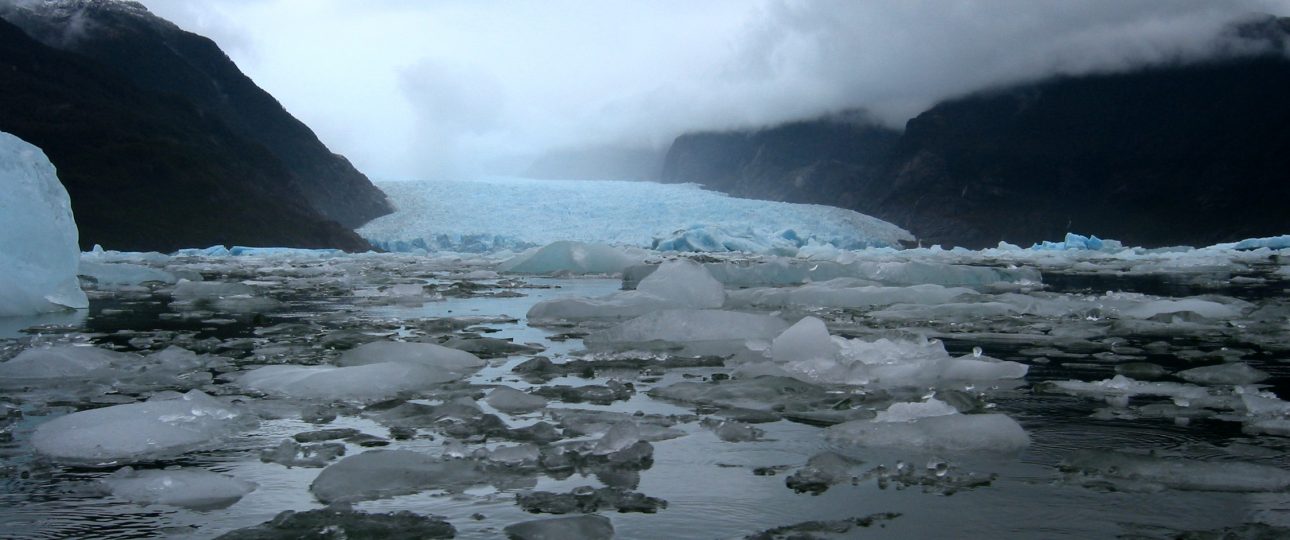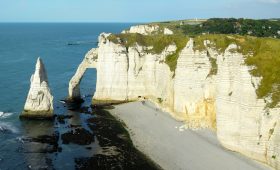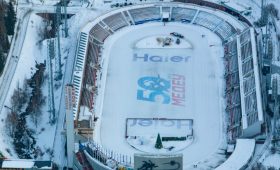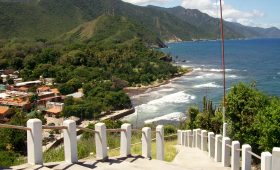San Rafael Glacier: A Journey to Chile’s Natural Wonder
Location and Geography
San Rafael Glacier is situated in the Aysén region of southern Chile, within the expansive Laguna San Rafael National Park. This glacier is part of the Northern Patagonian Ice Field, one of the largest ice fields outside of Antarctica. The glacier flows into the San Rafael Lagoon, which connects to the Pacific Ocean. The landscape is dominated by towering ice walls and the majestic Andes mountains, including Monte San Valentín and Cerro Arenales.
Access and Best Time to Visit
Reaching San Rafael Glacier is an adventure. The most common way to access it is by boat tours departing from Puerto Aysén. These tours navigate through the fjords, offering a close-up view of the glacier. Tours are weather-dependent, so check local conditions before planning your trip.
The ideal time to visit is during the summer months, from November to March, when the weather is milder and days are longer. This period allows for more exploration, but be prepared for the glacier’s ever-changing nature, which makes each visit unique.
Witnessing the Glacier
As you approach San Rafael Glacier, its immense size is striking. Boat tours through the San Rafael Lagoon provide panoramic views. Captains skillfully navigate through floating icebergs, ensuring a safe experience. Witnessing the ice calving, where chunks of ice break off and crash into the water, is a powerful spectacle of nature’s force.
Exploring the Surroundings
The area around San Rafael Glacier offers a range of activities for outdoor enthusiasts:
Hiking and Trekking
The national park is a haven for hikers, with trails that vary in difficulty. Explore the diverse flora and fauna, and keep an eye out for the Andean condor or the elusive puma.
Kayaking and Canoeing
For a more immersive experience, try kayaking or canoeing in the San Rafael Lagoon. Paddle through serene waters surrounded by ice walls, and you might encounter seals or dolphins.
Wildlife Spotting
The region is rich in wildlife. Look for sea lions, marine otters, and a variety of bird species, including black-browed albatrosses and cormorants.
Practical Tips
Before heading to San Rafael Glacier, consider these practical tips:
- Dress in layers to adapt to changing weather.
- Wear sturdy, waterproof footwear for hiking.
- Bring a camera with ample storage for capturing landscapes.
- Pack sunscreen, sunglasses, and a hat for sun protection.
- Stay hydrated with a refillable water bottle.
- Respect the environment and follow Leave No Trace principles.
Summary of Facts
Key facts about San Rafael Glacier:
- Located in the Aysén region of southern Chile.
- Part of the Northern Patagonian Ice Field.
- Accessed by boat tours from Puerto Aysén.
- Best visited from November to March.
- Experience the ice calving phenomenon.
- Explore hiking trails, kayaking, and wildlife spotting.
- Prepare with appropriate clothing and equipment.
San Rafael Glacier offers a captivating experience with its remote location and stunning natural beauty. It’s a destination that promises unforgettable memories for those willing to embark on the journey.




